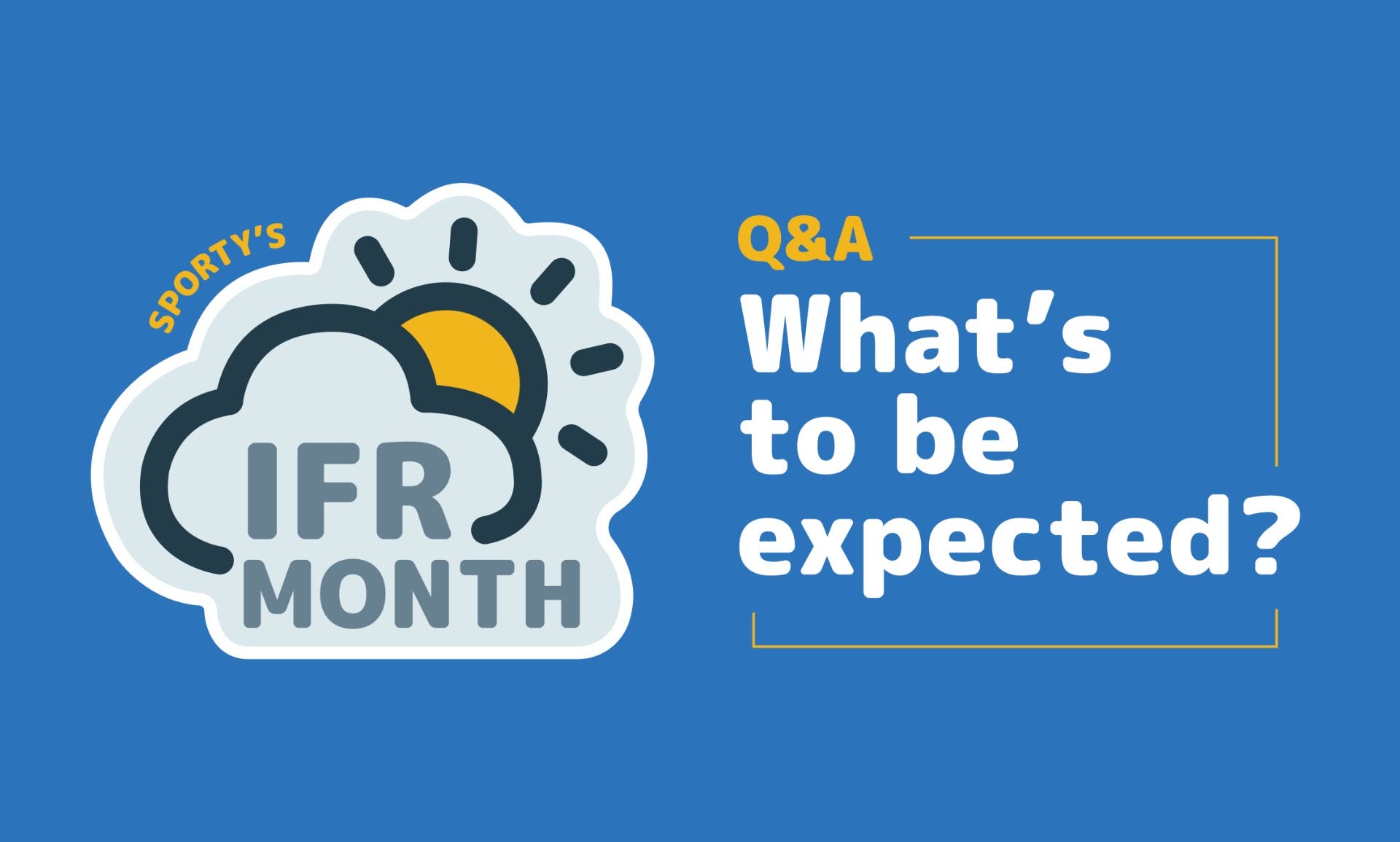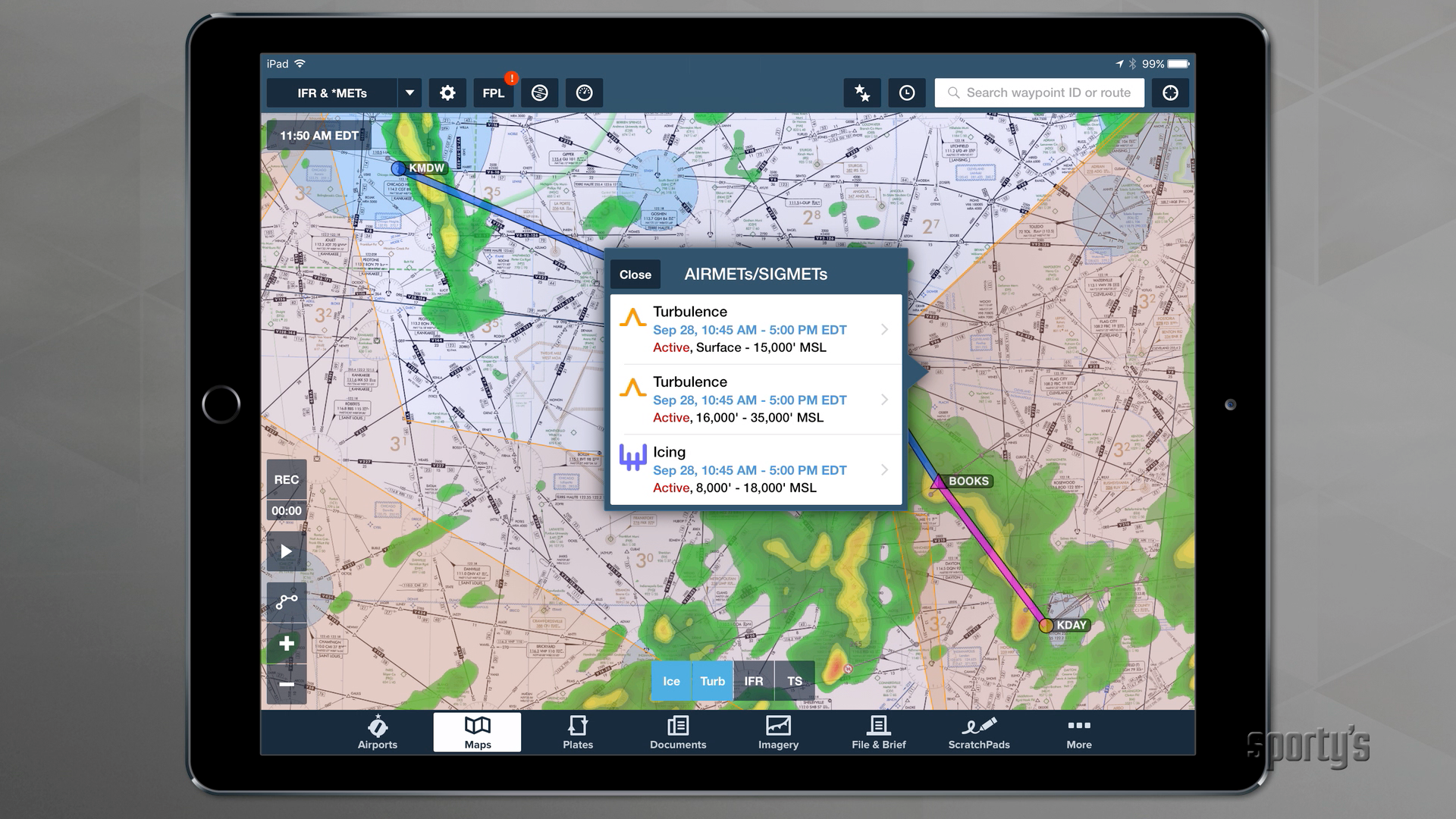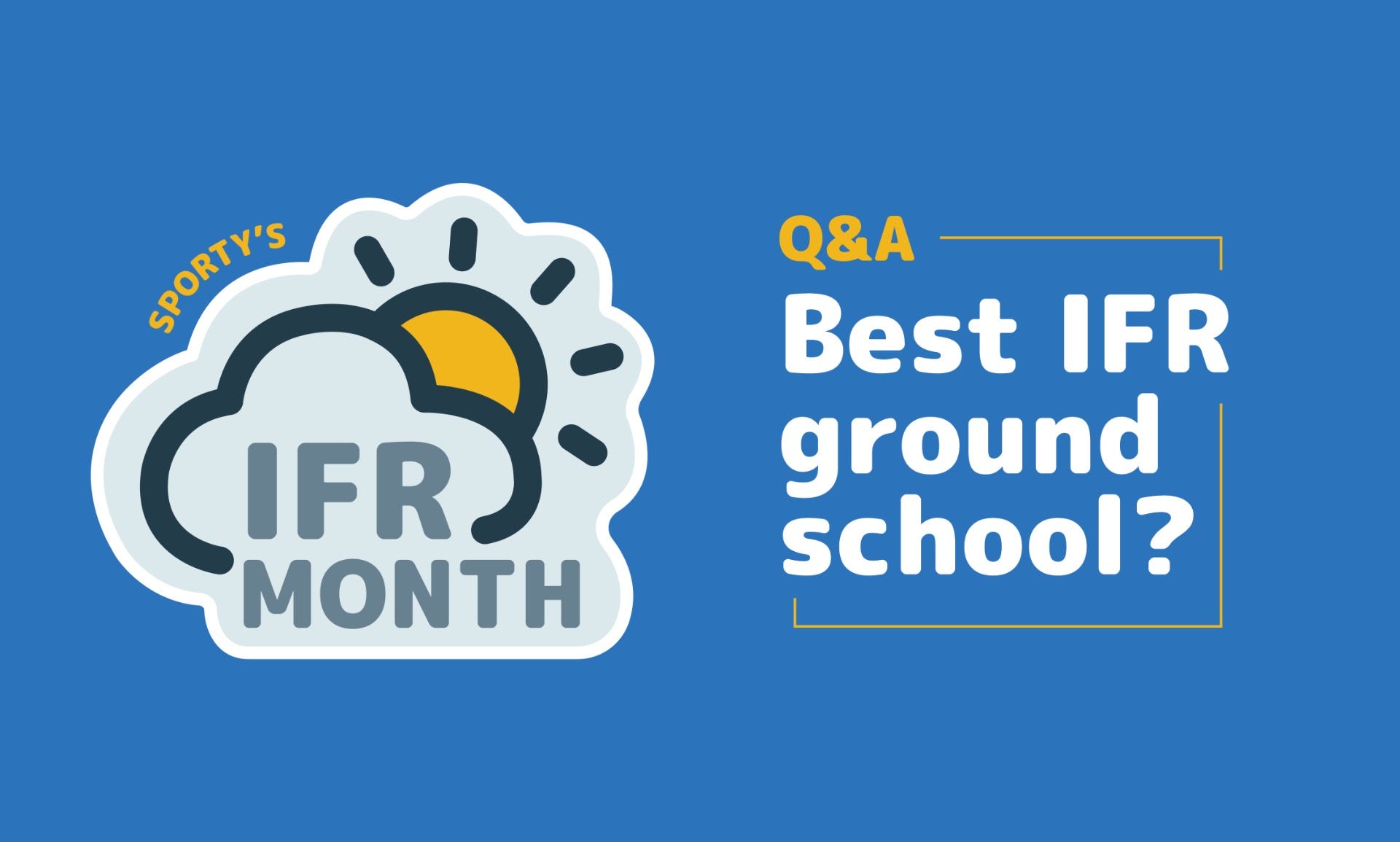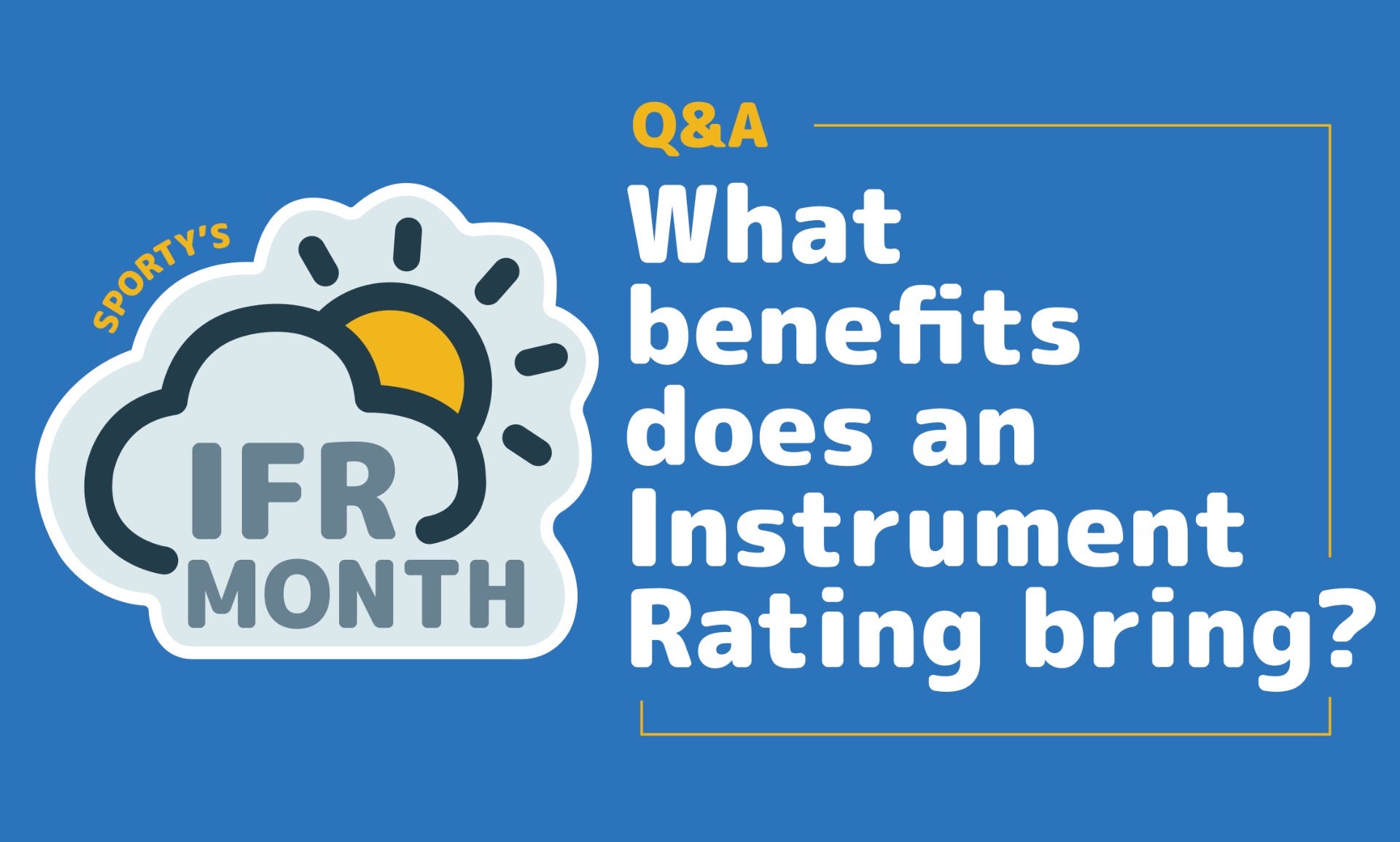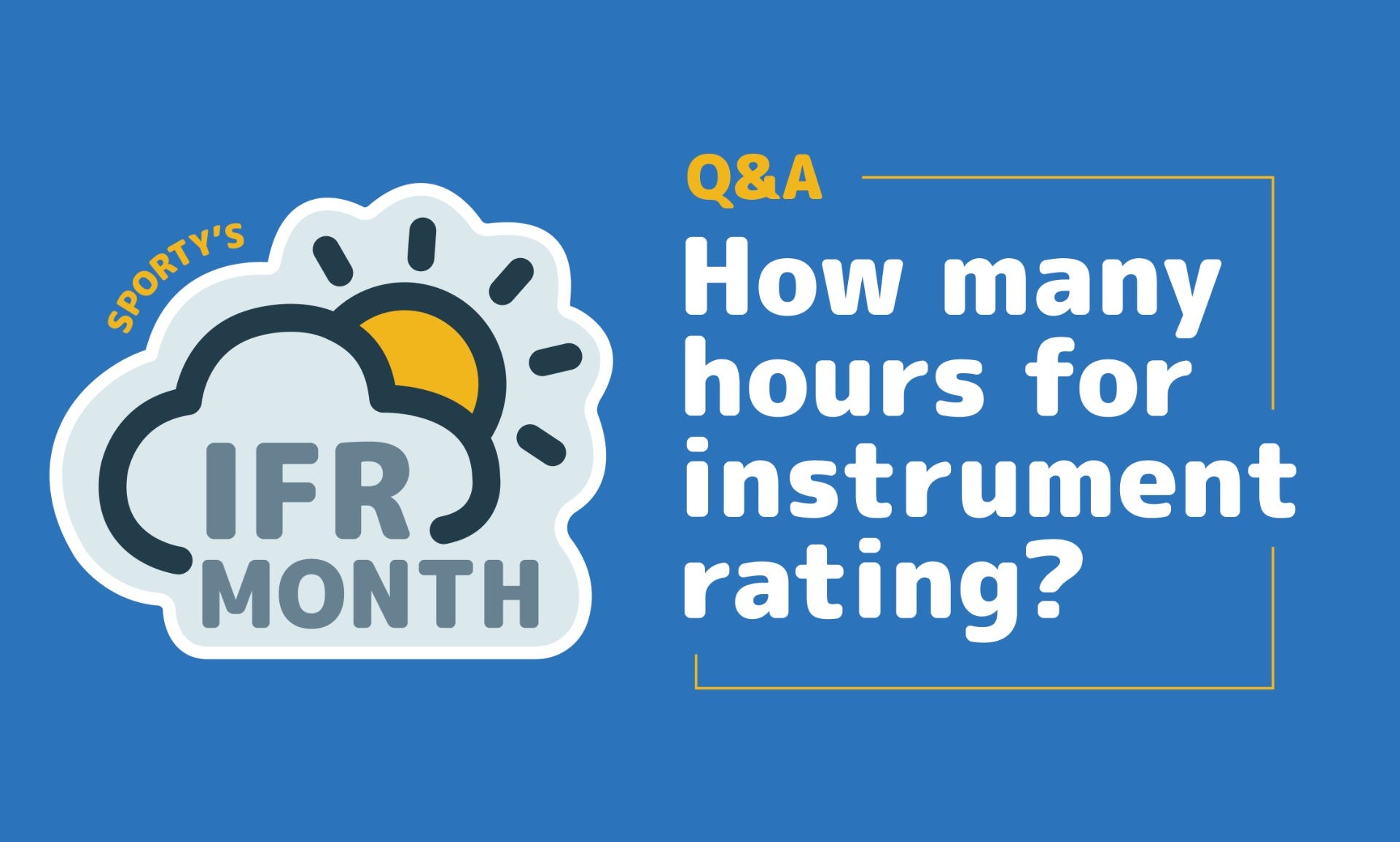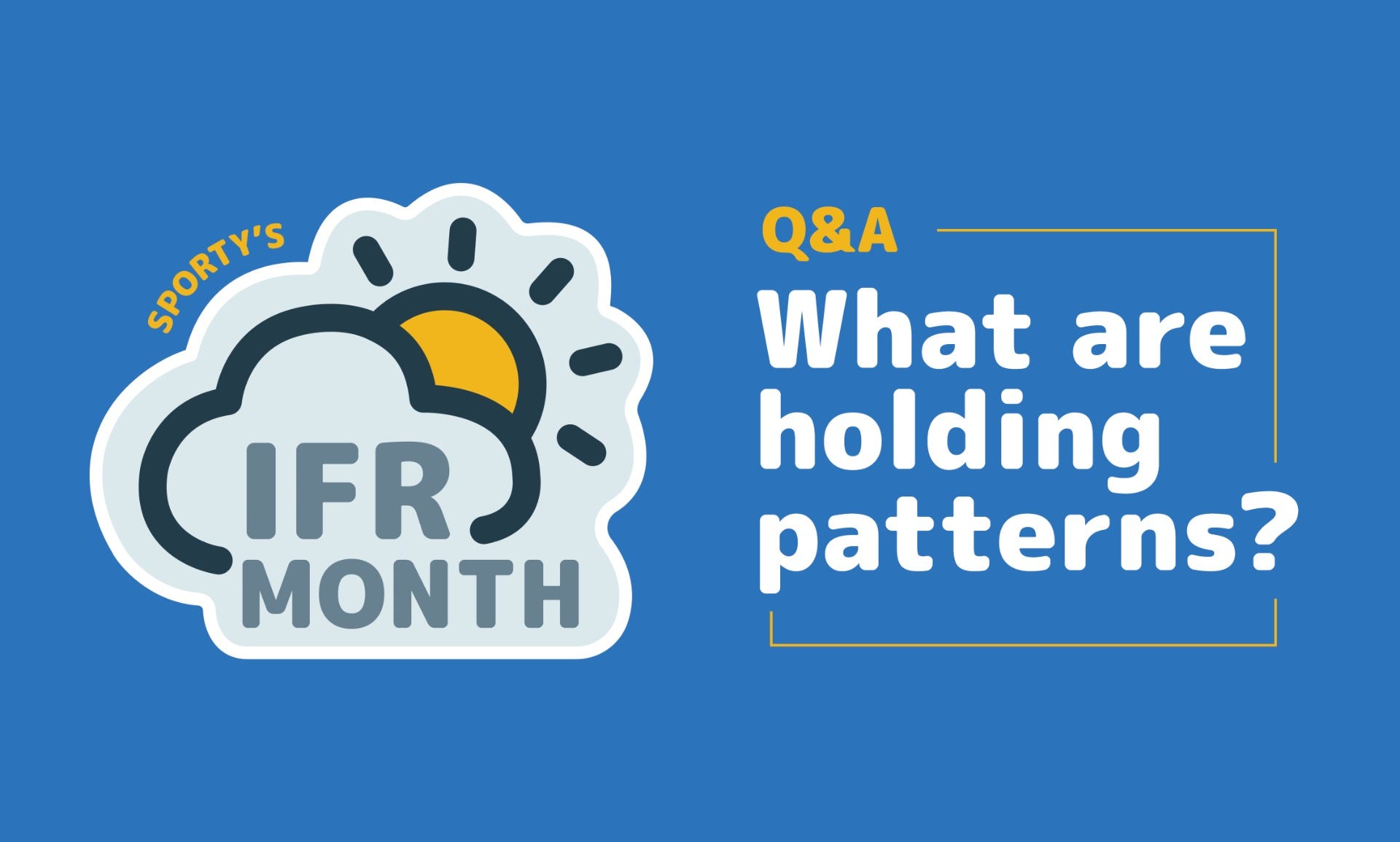What's to be expected in IFR flight training?
The FAA outlines all necessary requirements for an instrument rating in FAR 61.65. The three categories are Aeronautical knowledge, flight proficiency, and aeronautical experience.
Aeronautical Knowledge:
- Federal Aviation Regulations that apply to flight ops under IFR
- Appropriate information that applies to flight ops under IFR in the “Aeronautical Information Manual”
- Air traffic control systems
- IFR navigation and approaches by use of navigation systems
- Use of IFR en route and instrument approach procedure charts
- Procurement and use of aviation weather reports and forecasts and the elements of forecasting weather trends based on that information and personal observation of weather
- conditions
- Safe and efficient operation of aircraft under instrument flight rules and conditions
- Recognition of critical weather situations and windshear avoidance
- Aeronautical decision making and judgment
- Crew resource management, including crew communication and coordination
Flight Proficiency:
- Preflight preparation
- Preflight procedures
- Air traffic control clearances and procedures
- Flight by reference to instruments
- Navigation systems
- Instrument approach procedures
- Emergency operations
- Postflight procedures
Aeronautical experience for the instrument-airplane rating:
- Except as provided in paragraph (g) of this section, 50 hours of cross-country flight time as pilot in command, of which 10 hours must have been in an airplane; and
- Forty hours of actual or simulated instrument time in the areas of operation listed in paragraph (c) of this section, of which 15 hours must have been received from an authorized instructor who holds an instrument-airplane rating, and the instrument time includes:
- Three hours of instrument flight training from an authorized instructor in an airplane that is appropriate to the instrument-airplane rating within 2 calendar months before the date of the practical test; and
- Instrument flight training on cross country flight procedures, including one cross country flight in an airplane with an authorized instructor, that is performed under instrument flight rules, when a flight plan has been filed with an air traffic control facility, and that involves—
- A flight of 250 nautical miles along airways or by directed routing from an air traffic control facility;
- An instrument approach at each airport; and
- Three different kinds of approaches with the use of navigation systems.
Sporty’s Instrument Rating (part 141) Course Time Allocation Table - page ix
Sporty’s Instrument Rating Training Course Outline - printed version



